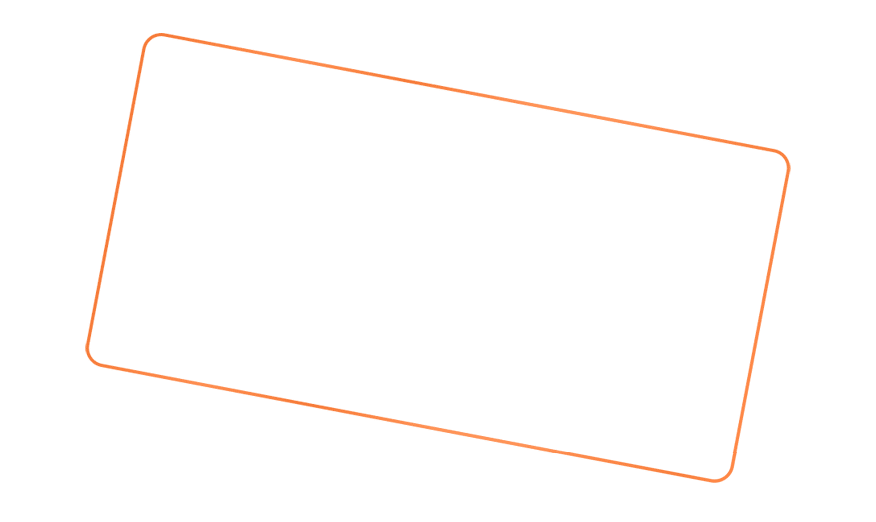Are you aware that regular roof inspections can significantly extend the lifespan of your metal roof? In this guide, we will explore the importance of routine commercial metal roof inspections, identifying common problems that can arise and providing a step-by-step guide on how to conduct an effective inspection. By engaging with this content, you will learn how to safeguard your investment and ensure the longevity of your roofing solution. Understanding these essential practices can help you avoid costly repairs in the future, ultimately enhancing the value of your commercial roofing services.
Understanding the Need for Routine Commercial Metal Roof Inspections
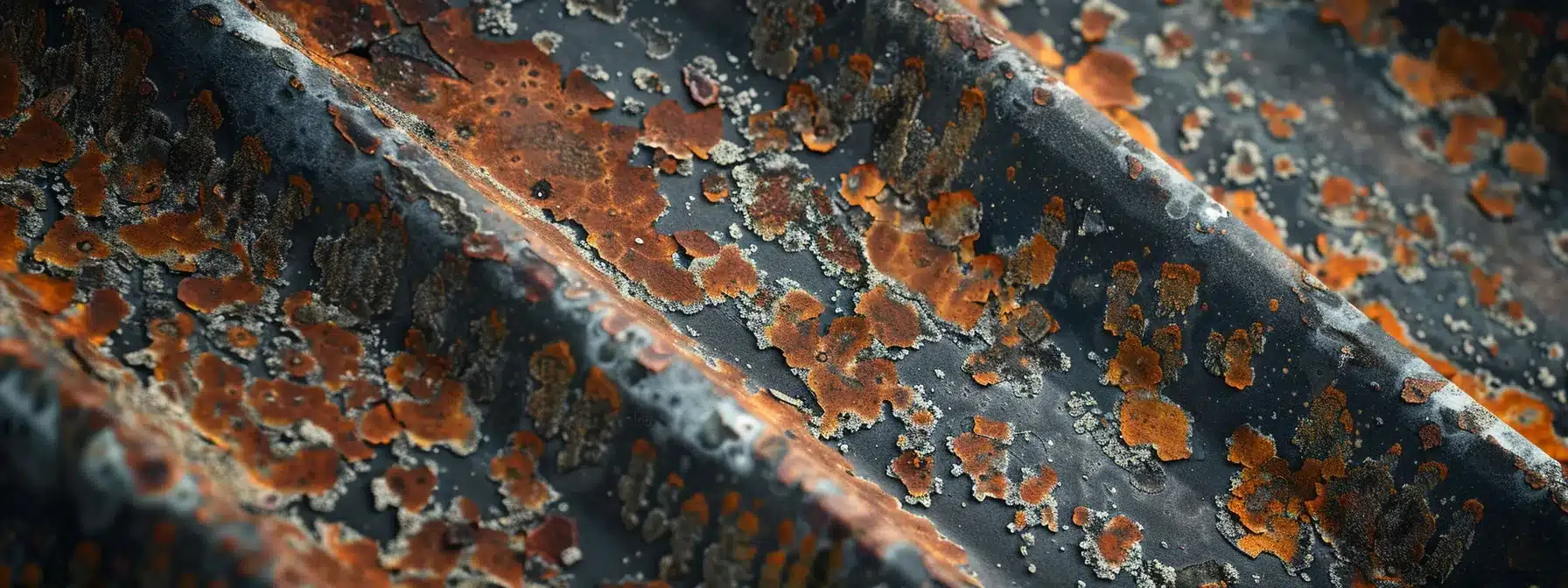
Metal roofs play a pivotal role in commercial buildings, contributing to energy efficiency and mitigating urban heat island effects. Neglecting routine inspections can lead to significant risks, including costly roof repairs, compromised drainage systems, Contact Us and increased vulnerability to wind damage. Additionally, understanding the legal and insurance implications of maintenance can yield substantial cost savings from preventative roof inspections.
The Role of Metal Roofs in Commercial Buildings
In commercial buildings, the choice of roofing material can greatly affect both energy efficiency and long-term maintenance costs. A commercial metal roof stands out for its durability and longevity compared to traditional options like bitumen and tile, providing superior waterproofing and resistance to harsh weather. By opting for metal roofing, I help customers protect their investments while reducing the frequency of costly maintenance, which emphasizes the importance of routine inspections to ensure optimal performance.
| Roofing Material | Durability | Maintenance Requirements |
|---|---|---|
| Commercial Metal Roof | High | Low |
| Bitumen | Moderate | Medium |
| Tile | Moderate | High |
Risks Associated With Neglecting Regular Inspections
Neglecting routine evaluations of your metal roof can lead to significant issues that may not be immediately apparent. Without regular commercial roof inspections, underlying problems such as water accumulation, condensation, and damage to reflective surfaces can escalate, resulting in costly repairs and decreased structural integrity. I always emphasize to my clients that timely assessments are essential to safeguard against these risks, ensuring their investment remains protected and operational:
- Water accumulation leading to leaks
- Condensation causing structural damage
- Decreased energy efficiency due to damaged reflective surfaces
- Increased risk of wind damage
- Risk of failing to meet legal and insurance requirements
Legal and Insurance Implications of Roof Maintenance
When I discuss the legal and insurance implications of roof maintenance with my clients, I always highlight how crucial regular inspections are for compliance. A well-maintained metal roof not only mitigates risks from storms and snow, but it also plays a vital role in maintaining insurance coverage. Failing to address minor issues early can lead to costly commercial roof repairs or even replacement, which may not be fully covered if proper maintenance records are lacking.
Cost Savings From Preventative Roof Inspections
Investing in preventative maintenance for your commercial roofing system can lead to substantial cost savings over time. By routinely inspecting your metal roof, I help clients address minor issues, such as stains or mold, before they escalate into more significant problems that require costly repairs or replacements. Furthermore, maintaining a documented history of inspections and maintenance can ensure that your warranty remains valid, offering peace of mind while protecting your financial investment.
Common Problems Detected During Metal Roof Inspections
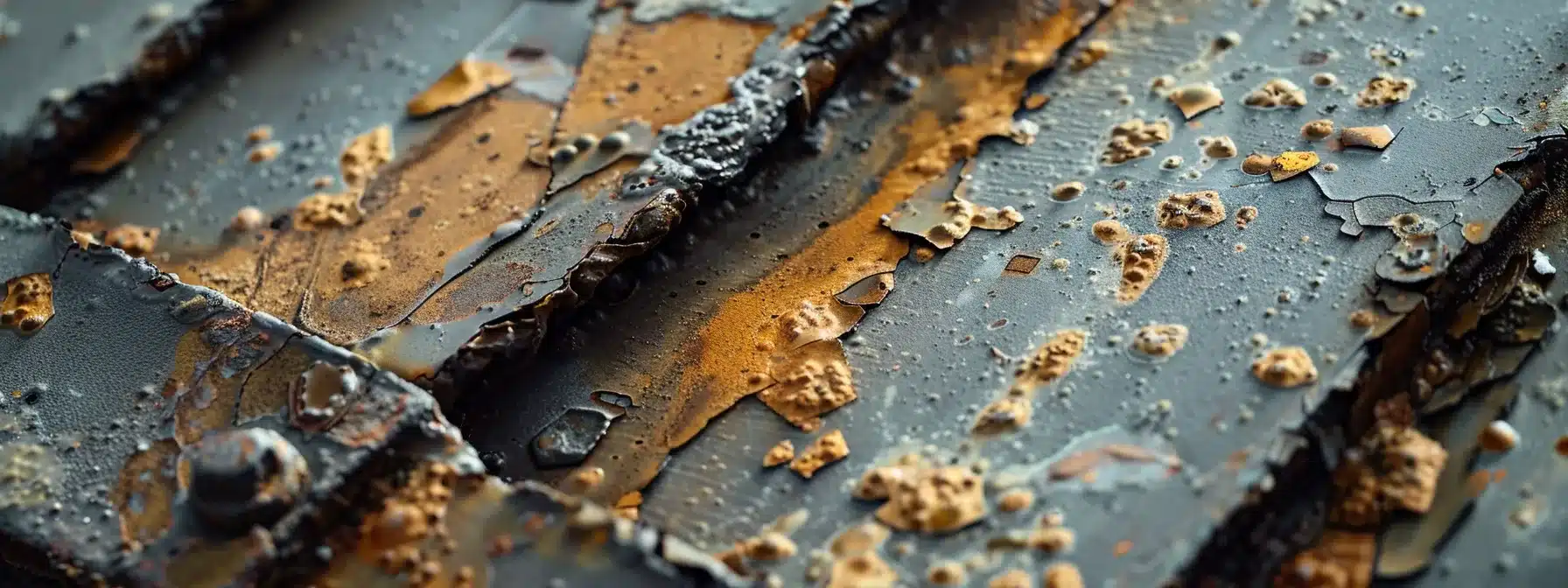
During routine commercial metal roof inspections, I actively look for common issues that can compromise the integrity and performance of the roof. These include identifying signs of corrosion and rust, detecting loose or missing fasteners, recognizing water leaks and moisture intrusion, spotting damage from environmental factors like hail, and assessing sealant and flashing integrity. Addressing these concerns promptly plays a crucial role in effective roof maintenance, ensuring energy efficiency and enhanced longevity.
Identifying Signs of Corrosion and Rust
Identifying signs of corrosion and rust is vital for maintaining the integrity of commercial metal roofs. During inspections, I look for faint discoloration or patchy areas, which often indicate underlying zinc depletion, leading to accelerated deterioration. If left unaddressed, these issues can result in increased risks of ponding and ultimately necessitate costly roof replacement, making early detection essential for preserving the roof‘s longevity and performance.
Detecting Loose or Missing Fasteners
Detecting loose or missing fasteners is crucial in ensuring the longevity of a metal roof, especially for flat roof installations. As an inspector, I meticulously examine the fasteners during routine inspections to ensure they are secure and intact. Loose or missing fasteners can lead to membrane failure, allowing water intrusion that compromises the integrity of the roof and can result in more significant, costly repairs down the line.
Recognizing Water Leaks and Moisture Intrusion
Recognizing water leaks and moisture intrusion is critical during metal roof inspections. I routinely check areas around downspouts and seams where water can accumulate, potentially causing hazards such as corrosion, especially in copper components. Additionally, I pay close attention to thermoplastic olefin sections, as any signs of wear or damage can lead to moisture infiltration, compromising the integrity of the entire roofing system.
Spotting Damage From Environmental Factors
Spotting damage from environmental factors is critical for ensuring the durability of commercial roofs. In my inspections, I maintain a comprehensive checklist to assess how different climate conditions affect the roof’s adhesive and structural integrity. For example, prolonged exposure to intense sunlight can degrade materials, while heavy rainfall might reveal vulnerabilities in seams and flashing, leading to leaks that require immediate attention.
Assessing Sealant and Flashing Integrity
During my inspections of commercial roofs, I pay particular attention to the sealant and flashing integrity, as these components are essential for preventing leaks and ensuring waterproof performance. Accumulation of debris can compromise the effectiveness of sealants, leading to potential moisture infiltration that may result in costly commercial roof replacement. I often assess thermoplastic areas, looking for signs of wear or damage, which can jeopardize the overall stability of the roofing system; timely remediation of these issues is vital to maintaining a reliable green roof and protecting your investment.
Step-by-Step Guide to Inspecting a Commercial Metal Roof
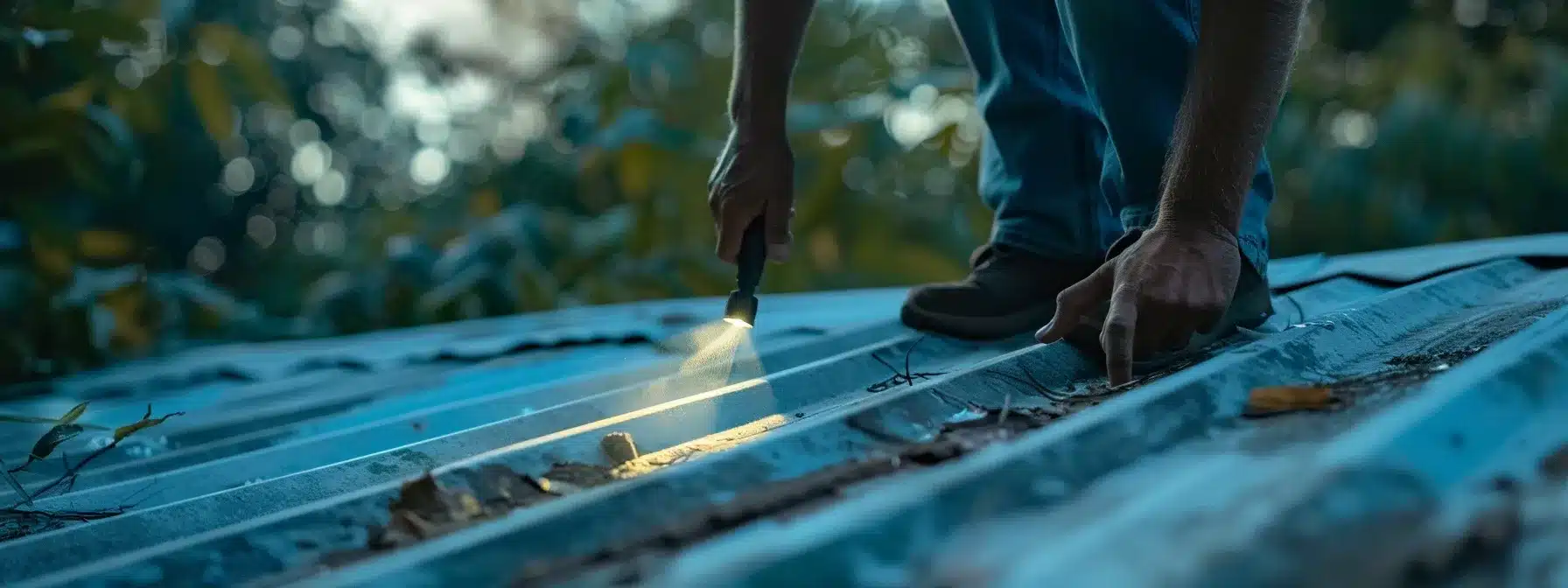
In this step-by-step guide, I will share practical techniques for conducting a thorough inspection of your commercial metal roof. We will cover important aspects such as preparing for the inspection, implementing safety measures during the roof examination, and identifying exterior issues like wear and tear. I’ll also discuss how to assess the interior for signs of mildew or damage, including checks on the ventilator system. Finally, I’ll explain the importance of documenting and reporting findings for effective maintenance.
Preparing for the Inspection
Before conducting a thorough commercial roof inspection, it is vital to prepare adequately to ensure a smooth process. I recommend assessing the current condition of the roof coating and paying attention to any visible damage that could affect the inspection outcome. As a commercial roofing contractor, I often gather all necessary tools and materials, such as a notepad for documentation and safety equipment, to facilitate a comprehensive evaluation of the property:
- Evaluate the current roof coating condition.
- Gather necessary tools and materials.
- Ensure safety equipment is in place.
- Review any previous inspection reports.
- Identify areas that may require special attention.
Safety Measures During Roof Examination
Ensuring safety during a commercial roof examination is paramount, especially when considering the risks associated with water damage from leaks or severe weather. I always equip myself with proper safety gear, including harnesses, non-slip footwear, and helmets, to prevent accidents while navigating the roofing surface. Being vigilant about these precautions not only protects me but also ensures that I can thoroughly assess the roof‘s condition, identifying any potential liabilities before they escalate into costly repairs.
Exterior Roof Examination Techniques
During my exterior roof examinations, I focus on key indicators that reflect the overall condition of the metal roof, ensuring both durability and energy conservation. I inspect the seams, fasteners, and any areas where polyvinyl chloride (PVC) membranes are present, as these can be prone to wear over time. By conducting thorough inspections, I aim to provide top-notch customer service, helping clients avoid potential issues that could disrupt their operations and lead to costly repairs.
Interior Signs of Roofing Issues
During my inspections, I focus on signs of moisture and wear inside the building that can indicate potential issues with the metal roof. I look for water stains on ceilings or walls, as these are clear indicators of a leak that may need immediate attention. Additionally, I assess the presence of mold or mildew, which can be a sign of ongoing moisture problems, demanding timely metal roof repair to prevent further damage and ensure safety.
| Interior Signs of Roofing Issues | Possible Indicators |
|---|---|
| Water stains on ceilings or walls | Indicate potential leaks |
| Mold or mildew growth | Suggest ongoing moisture problems |
| Decreased indoor air quality | Can result from moisture issues |
Documenting and Reporting Findings
Documenting and reporting findings after my inspections is a critical step in ensuring effective commercial roof maintenance. I make it a point to detail any identified issues, such as rust, leaks, or areas requiring immediate attention, along with recommendations for repair or further evaluation. This documentation not only helps clients understand their roof‘s current condition but also enhances overall efficiency by creating a clear action plan that addresses potential problems before they escalate.
How Routine Inspections Extend the Lifespan of Your Metal Roof
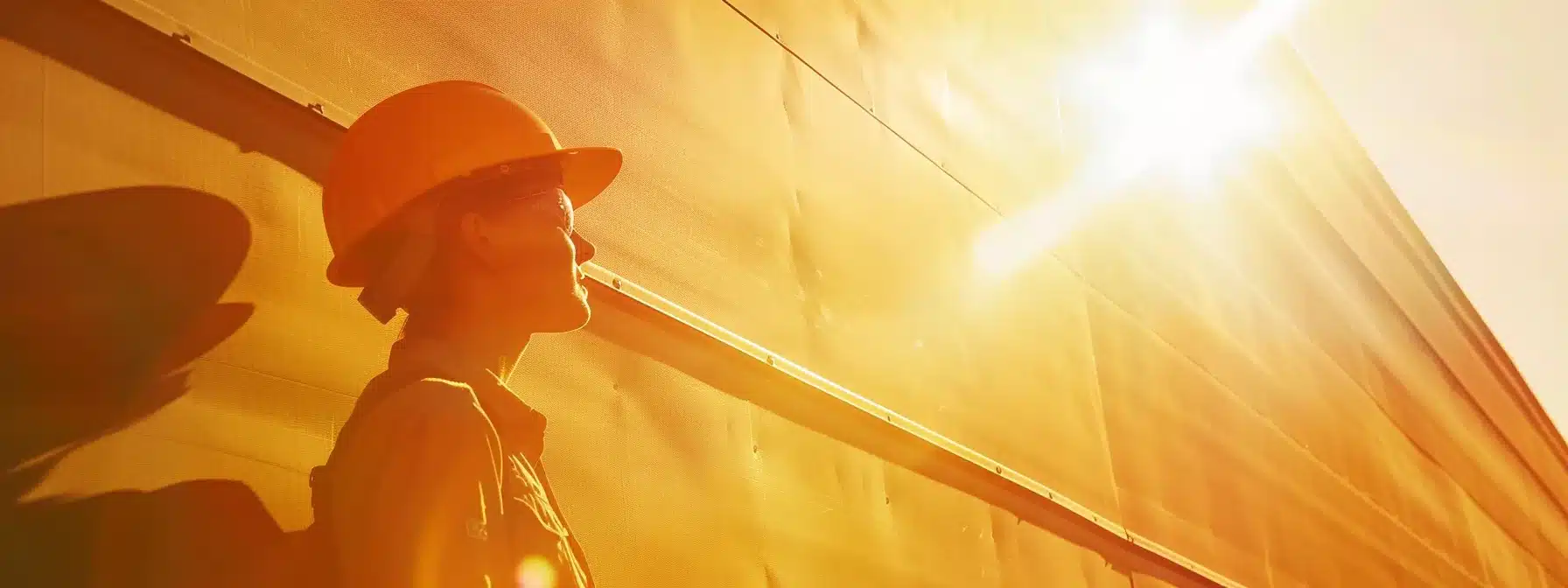
Routine inspections are vital in preventing minor issues from becoming major problems in commercial roofing systems. By enhancing roof performance and efficiency, I help prolong the life expectancy of your steel roof, particularly against extreme weather. Additionally, regular maintenance contributes to fire safety and positively impacts property value and business operations, ensuring your investment remains sound and resilient.
Preventing Minor Issues From Becoming Major Problems
Preventing minor issues from evolving into major problems is a crucial part of maintaining a commercial metal roof. During routine inspections, I look for potential concerns such as damaged flashing or compromised deck integrity. By addressing these issues early, I help ensure the sustainability of the roofing system, protecting your investment from costly repairs down the line. I often remind clients that proactive measures, like regular assessments, can significantly enhance the longevity of their commercial roofing systems:
| Common Minor Issues | Potential Major Problems | Recommended Actions |
|---|---|---|
| Damaged flashing | Water leaks and structural damage | Immediate repair or replacement |
| Loose fasteners | Roof membrane failure | Tighten and secure |
| Ponding water | Undermined deck stability | Improve drainage and clear obstructions |
Enhancing Roof Performance and Efficiency
Enhancing the performance and efficiency of your metal roof is an integral part of my inspection process. By identifying issues such as accumulated debris or damaged coatings, I help clients maintain their roof‘s insulation properties and reflective capabilities. Addressing these factors promptly not only prevents energy loss but also extends the lifespan of the roof, ensuring that your investment performs optimally over time while reducing overall maintenance costs.
Prolonging Roof Lifespan Through Maintenance
Prolonging the lifespan of your metal roof through routine maintenance is critical for preserving its integrity and functionality. By addressing small issues such as loose fasteners and minor leaks during inspections, I can significantly reduce the risk of more extensive problems that may arise over time. This proactive approach not only ensures the roof performs efficiently but also safeguards your investment, ultimately leading to increased property value and minimized repair costs.
Impact on Property Value and Business Operations
Regular inspections not only preserve the structural integrity of a metal roof but also significantly impact property value and business operations. I have witnessed firsthand how a well-maintained roof can enhance a building’s marketability, as prospective buyers and tenants often prioritize properties with robust and durable roofing systems. By ensuring consistent upkeep and addressing minor issues early, I help business owners maintain a professional image and avoid disruptions that could affect their operations, ultimately leading to greater operational efficiency and a stronger return on investment.
Scheduling and Frequency of Commercial Metal Roof Inspections

To maintain the integrity and performance of your commercial metal roof, establishing a clear schedule for routine inspections is crucial. I recommend setting specific inspection intervals based on seasonal considerations, creating a maintenance calendar, and understanding factors that influence inspection frequency. Each of these elements plays a vital role in ensuring your roofing system remains in optimal condition.
By addressing these topics—recommended inspection intervals, seasonal impacts, and the creation of a maintenance calendar—I aim to provide practical insights that reinforce the importance of consistent roof maintenance. This foundation not only protects your investment but also enhances the longevity of your metal roof.
Recommended Inspection Intervals
For commercial metal roofs, I recommend scheduling routine inspections at least twice a year, ideally in spring and fall, to assess seasonal wear and tear. These intervals allow us to identify any potential problems before extreme weather conditions can exacerbate them, ensuring the longevity of the roofing system. By maintaining this inspection routine, I help clients reduce the likelihood of costly repairs and maintain optimal roof performance:
- Conduct inspections in spring and fall.
- Address issues found before severe weather.
- Maintain a documented history of inspections.
Seasonal Considerations for Roof Inspections
When I consider seasonal factors for roof inspections, the weather plays a crucial role in determining the timing and frequency of evaluations. Seasonal changes can intensify the risks of damage, whether it’s the heavy rains of summer or the strong winds of winter. By aligning inspections with these seasonal patterns, I help my clients proactively address potential issues, ensuring their commercial metal roofs withstand the elements and maintain peak performance throughout the year.
Creating a Maintenance Calendar
Creating a maintenance calendar is a proactive approach that I highly recommend for managing inspections of commercial metal roofs. By scheduling regular inspections—at least twice a year—I can help my clients anticipate potential issues before they become costly repairs. This calendar not only serves as a reminder for when evaluations are due but also allows for better planning around seasonal weather patterns, ensuring that your roofing system remains in top condition throughout the year.
Factors Influencing Inspection Frequency
The frequency of commercial metal roof inspections often depends on various factors that can impact the roofing system’s integrity and durability. Elements such as the building’s location, environmental conditions, and age of the roof all influence how often I recommend inspections. For instance, a roof located in an area with extreme weather conditions or high levels of pollution may require more frequent evaluations to identify and address wear and tear effectively:
| Factors | Influence on Inspection Frequency |
|---|---|
| Location | Higher frequency for extreme weather areas |
| Environmental Conditions | More inspections if exposure to pollutants is high |
| Age of Roof | Older roofs need more frequent checks |
Selecting the Right Professional for Your Metal Roof Inspection
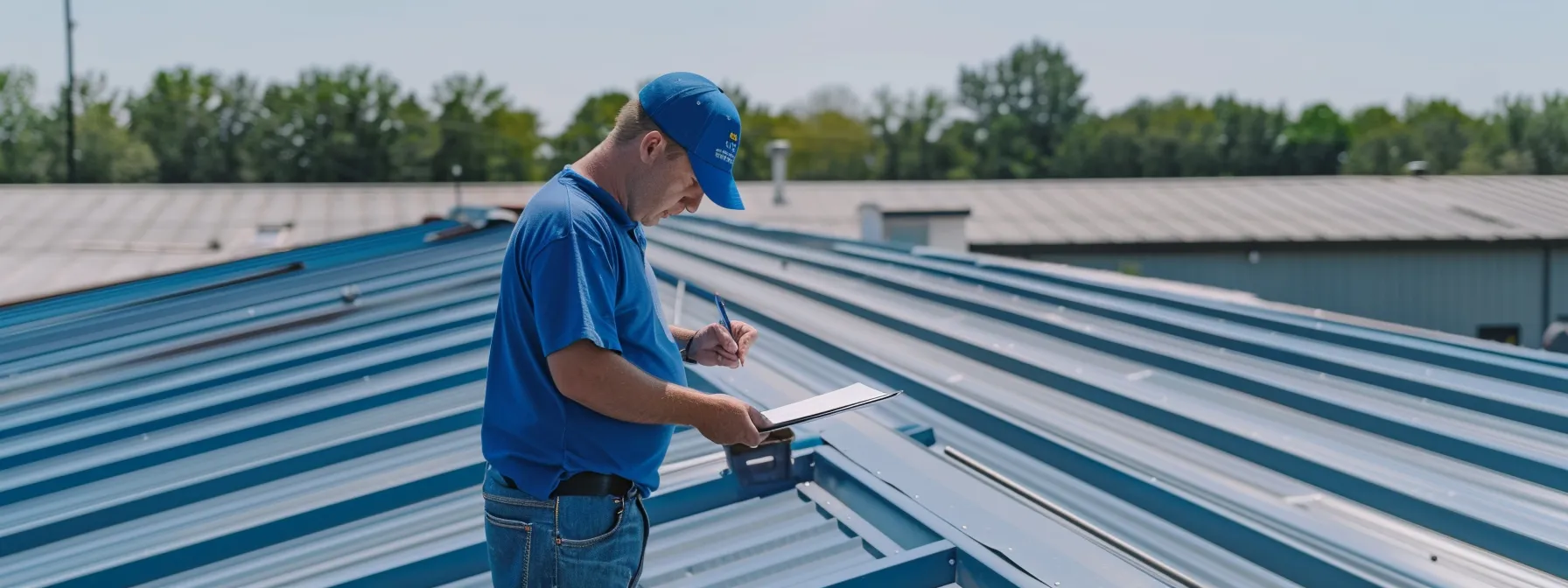
When selecting the right professional for your metal roof inspection, it’s crucial to consider essential qualifications, ask the right questions, and understand the value of certified roofing specialists. I will discuss what to look for in potential inspectors, how to evaluate their inspection reports, and the recommendations that can guide your maintenance decisions. These insights will help ensure your commercial metal roof remains in optimal condition.
Essential Qualifications to Look For
When choosing a professional for your commercial metal roof inspection, it’s essential to prioritize qualifications that demonstrate expertise in the field. I always recommend looking for certifications from recognized industry associations, as these indicate a comprehensive understanding of roofing systems and best practices. Additionally, experience specific to metal roofing is crucial; I find that professionals with years of hands-on experience are better equipped to identify potential issues and provide effective solutions, ultimately safeguarding your investment.
Questions to Ask Potential Inspectors
When selecting the right professional for your metal roof inspection, it’s essential to ask targeted questions to gauge their qualifications and expertise. I recommend inquiring about their experience with commercial metal roofs specifically, as this specialization allows them to identify potential issues unique to these roofing systems. Additionally, ask about their inspection process, including what specific elements they examine—this transparency helps ensure they will provide a thorough evaluation tailored to your roofing needs:
| Question | Purpose |
|---|---|
| What is your experience with commercial metal roofs? | To assess their expertise in handling metal roofing systems. |
| Can you describe your inspection process? | To understand the thoroughness of their evaluation. |
| How do you document and report findings? | To ensure you receive clear, actionable recommendations. |
The Importance of Certified Roofing Specialists
Choosing certified roofing specialists is essential for ensuring the longevity and performance of your commercial metal roof. Their expertise not only comes from rigorous training but also from a deep understanding of specific roofing systems, allowing them to identify and address issues that others might overlook. By entrusting your inspection to certified professionals, I can provide you with peace of mind, knowing that your roof is evaluated comprehensively and any potential problems are documented with actionable insights:
| Benefits of Certified Roofing Specialists | Description |
|---|---|
| Expert Knowledge | Trained to recognize issues unique to metal roofing systems. |
| Thorough Evaluations | Detailed inspections ensure all potential problems are identified and addressed. |
| Actionable Recommendations | Provide clear, actionable insights for maintaining your roof’s integrity. |
Evaluating Inspection Reports and Recommendations
When evaluating inspection reports, I stress the importance of understanding the details and recommendations provided by the professional. Clear documentation should outline the specific findings, including any identified issues with the metal roof and suggested corrective actions to keep the roof system compliant and operational. By thoroughly reviewing these reports, I help clients prioritize repairs based on urgency and ensure their commercial metal roof performs at its best, ultimately safeguarding their investment.
Conclusion
Routine commercial metal roof inspections are vital for maintaining the integrity and longevity of your roofing system. By identifying and addressing minor issues early, you can prevent costly repairs and ensure optimal performance. Establishing a consistent inspection schedule not only protects your investment but also enhances energy efficiency and safeguards against legal and insurance complications. Prioritizing these inspections helps you preserve your property value and maintain smooth business operations, making it an essential practice for every commercial building owner.
